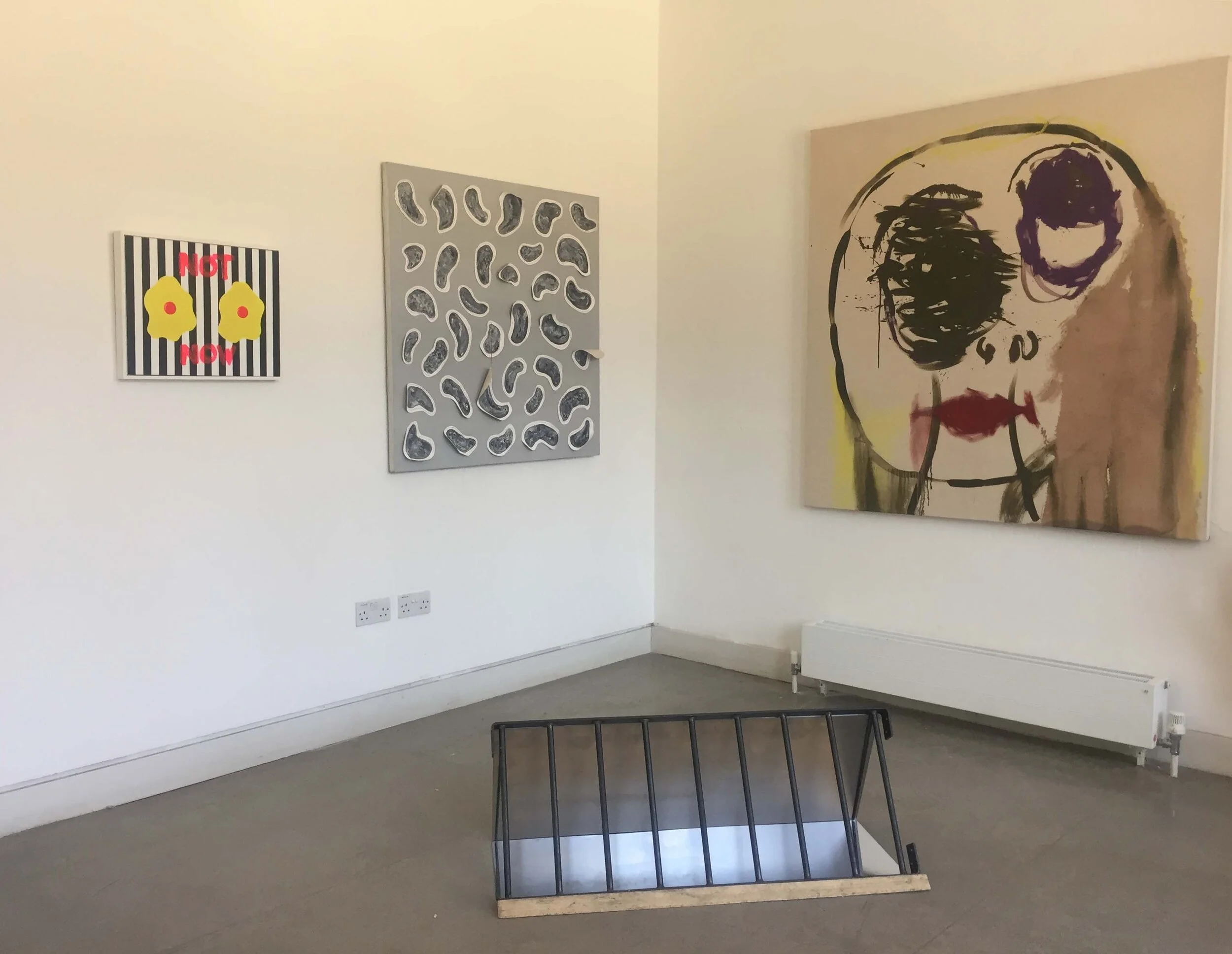
Shape of Time
13.06.2018 to 13.07.2018
Chelsea College of Arts, Block E, London
Curated by Carla Gimeno Jaria, Ruby Ziyuan Liu, Raffaella Matrone
Artists: Annabel Ludovici Gray, Cred Roy, Emma Starkey, Karen Tronel, Robin Woodward
History usually unfolds through residues or evidence which corroborate that it existed. The possibility of its forgetfulness or the finitude of things themselves, according to the French philosopher Jacques Derrida, have nurtured the archive desire, that is to say, the human need to secure the past or whatever we can no longer see. Likewise, the human ability to reimagine the past relies upon the archive, here being a symbolic representation of the physical remains and living memories. Therefore, the modes through we perceive different moments of history are subject to our accessibility to these archives.
Shape of Time attempts to re-think the ways in which a part of the history and its archive can be activated within the exhibition space while also questioning the human perception of the changing time. In particular, this exhibition aims to enhance the history of the current building of Chelsea College of Arts from a contemporary angle. At the beginning of the 19th century, this building was part of the Millbank Penitentiary, shaped in a hexagonal architecture, hosting Britain’s first national prison and the largest in Europe, whose system endeavoured the reinsertion of criminals. Later, in the early 20th century, the building was transformed into the Royal Army Medical College, becoming a centre of post-graduate training in military medicine and research.
The evidence of this particular history still exists in different bodies: the building itself, media and textual documents or living memories. Nevertheless, instead of using archive material to build up a linear historicization of the building of Chelsea College of Arts, Shape of time presents contemporary works of five artists from the MA Fine Arts program who attempt to embody and revisit the memory of the building in different ways. Through paintings, site-specific works, sculptures and performance, Annabel Ludovici, Cred Roy, Emma Starkey, Karen Tronel and Robin Woodward introduce their personal interpretation of this history to trigger a wider exploration of the ways through which humans can visualise past time.
The site-specific works are used in different contexts within this exhibition to stress the performative condition of time and space. Deflatable concrete idea #1 to #31 (2018, Cred Roy) are performative sculptures built from recycled and organic materials which recall the ghost of things they once were, as their residues are trapped in time and space when cast in concrete. Similarly, as the sculptures go through an organic process of drying, the final result is never the same. Cred Roy will create a sculpture daily, as a repetitive act embedded in the exhibition, trying to frame the idea of labour in relation to the history of the building and the decay of the present time, together with the unpredictability of the future of this building.
Mission to see the self (2018, Robin Woodward) is a video performance where the artist attempts to explore the self within the Millbank surroundings in the present time. The artist, dressed with an armored outfit - alluding to the Army - plays with the impossibility of witnessing oneself in the present, as time becomes obsolete while happening. Emma Starkey, on the other hand, enacts during the Private View in the Chelsea Landing a performance opposing the idea of ‘purity’ and ‘emptiness’ within this exhibition space thus claiming the layers impregnated in the building because of its previous history.
More explicitly, both Annabel Ludovici and Karen Tronel explore the feeling of imprisonment, mostly from a female perspective. While Ludovici gets inspiration from archive material to create her pieces - in order to reimagine the past of the women who once inhabited the Millbank Penitentiary - Karen Tronel uses the paintings as a means to activate the idea of labour and metaphorically plays with the double meaning of “cell”, referring to a concept related both to the Millbank Penitentiary and to the Royal Army Medical College.
Special thanks to Frank Davis, from Friends of Millbank, for sharing with us his personal history and knowledge.
Image credits: Raffaella Matrone





